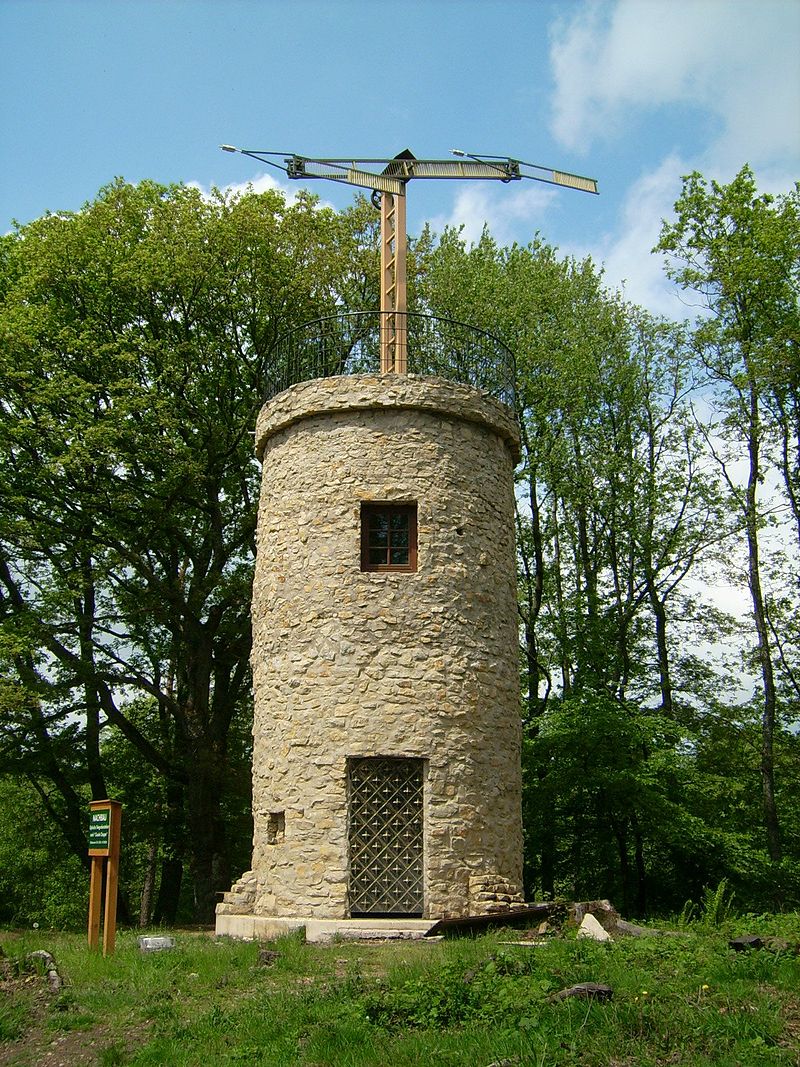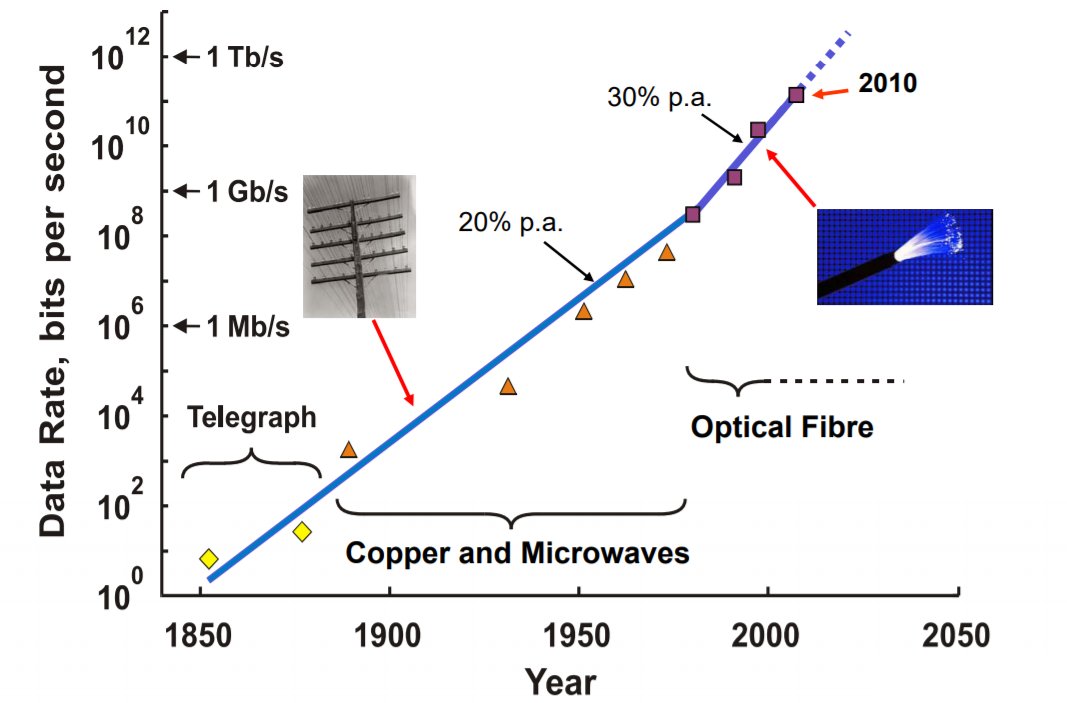
By 1830 France had a nationwide network of over 500 towers, then many other countries. lowtechmagazine.com/2007/12/email-…


HT @ncweaver
nps.gov/features/safr/…



Get real-time email alerts when new unrolls are available from this author!
Twitter may remove this content at anytime, convert it as a PDF, save and print for later use!

1) Follow Thread Reader App on Twitter so you can easily mention us!
2) Go to a Twitter thread (series of Tweets by the same owner) and mention us with a keyword "unroll"
@threadreaderapp unroll
You can practice here first or read more on our help page!

